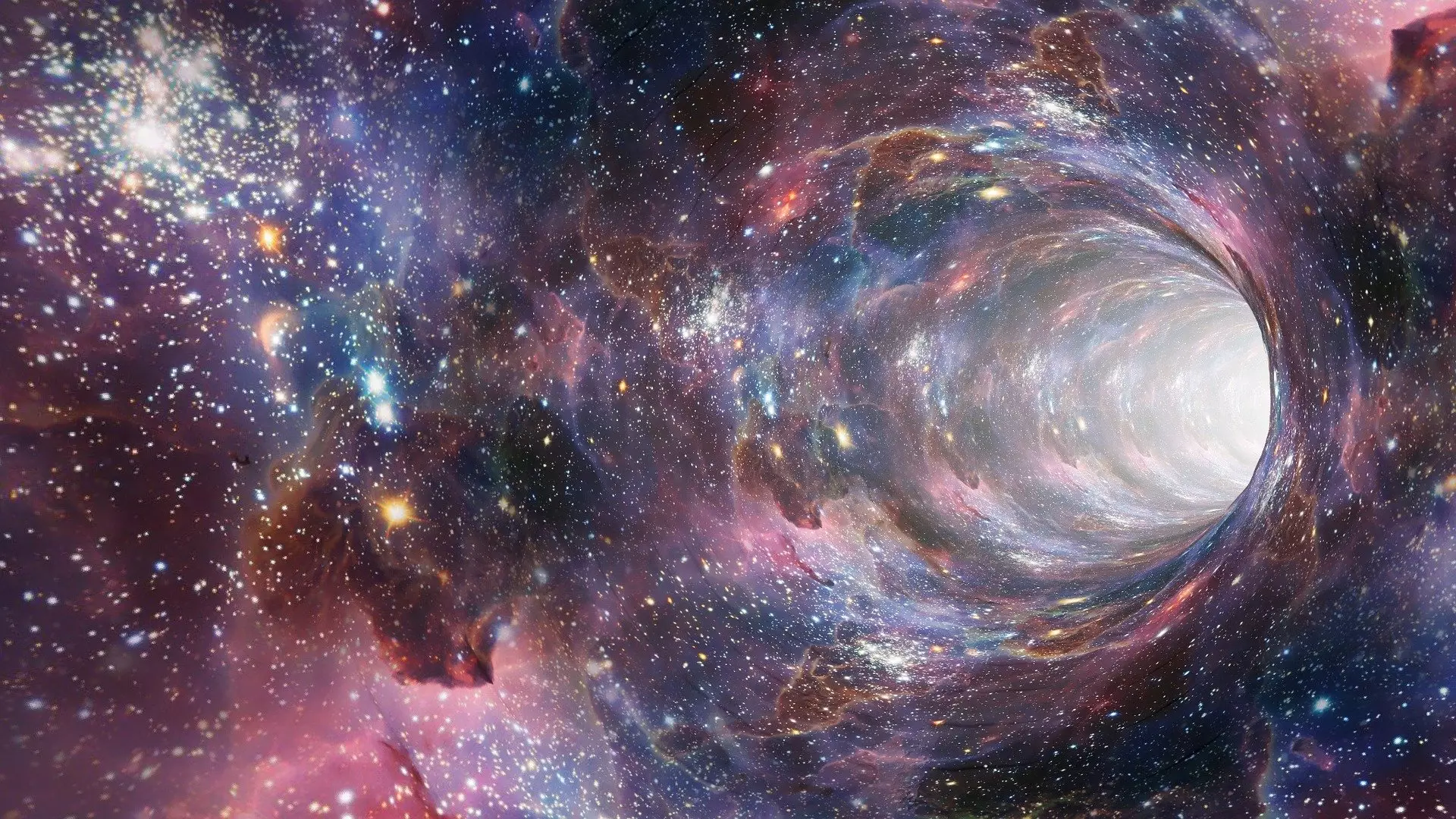Dark energy stands as one of the universe’s most perplexing enigmas. In the realm of cosmology, the Lambda-CDM model offers a conventional framework to understand the universe’s accelerated expansion by introducing a cosmological constant. Initially proposed by Albert Einstein, this constant is recognized for its starkly small and positive value, yet it invites deep questions about its significance. Particularly disconcerting is its behavior—exhibiting negative pressure and exhibiting no dilution as the universe expands. This has left many physicists, myself included, pondering its true nature and implications.
Despite the Lambda-CDM model’s prevalent use, the dissatisfaction with the concept of dark energy has propelled researchers to seek alternative explanations for cosmic acceleration. One intriguing theory that has gained traction is the idea of an anti-universe—a concept where our universe is juxtaposed with an opposing counterpart that moves backward in time. This radical perspective not only presents an alternative but also dismisses the need for dark energy altogether, suggesting that cosmic acceleration could emerge from more fundamental principles.
Introducing the Braneworld Model
My recent explorations delve into the braneworld model, a multi-dimensional framework that positions our universe as a three-dimensional brane floating within a higher-dimensional bulk. Visualize this as a two-dimensional surface suspended in three-dimensional space; the implications are profound and offer exciting avenues for inquiry.
Within this framework, each brane possesses a characteristic tension, a force that affects its dynamics. The intriguing part of my research involves employing a variable tension model while promoting our universe’s four-dimensional Newton’s constant, G, to a scalar field. This proposition allows for a convergence with modified gravity theories like Brans-Dicke, which similarly elevate G to a scalar entity. The outcome of this theoretical exploration is a model where the ensuing dynamics emulate the conventional Friedmann equations, albeit with a fascinating twist: the scalar G assumes the role historically attributed to matter fields, while matter itself represents a new form of dark energy.
Revisiting the Role of Gravity
This paradigm shift doesn’t merely redefine dark energy; it invites a reassessment of gravity’s role in our cosmic narrative. Gravity, typically seen as a constant force in Newtonian physics, now emerges as a variable, reshaping our understanding of cosmological events. With radiation treated as negligible—a reasonable assumption based on current observations—I’ve been able to articulate a model that elegantly accounts for cosmic acceleration through a combination of the new scalar field and matter, eliminating the need for the elusive cosmological constant.
Yet, while this research offers fresh insights, it also serves as a critique of evolving modified gravity theories that propose laws of nature that alter with distance. From my perspective, such adjustments undermine the elegance of physical laws. Nature itself appears to favor simplicity, symmetry, and beauty. These qualities evoke a notion that the fundamental forces governing the universe ought to remain consistent, rather than fluctuating wildly depending on dimensional context or distance.
Observational Verification: The Future of Cosmology
Although the theoretical framework I propose is compelling, it ultimately hinges on empirical validation. Observations hold the key to unlocking many of the mysteries surrounding dark energy and cosmic acceleration. As instruments and technologies evolve, we inch closer to understanding these celestial phenomena. It’s a tantalizing prospect: one that suggests hidden truths may soon come to light.
In this ever-progressing scientific landscape, we remain on the frontier of discovery. With advancements in our observational capacities, the potential for breakthroughs grows exponentially. The juxtaposition of dark matter and dark energy against the backdrop of higher-dimensional multiverses remains an intriguing speculation that could redefine cosmological laws.
Through these explorations, we are continually reminded of the vastness and complexity of our universe. The journey into the heart of dark energy might just yield the greatest revelations, transforming our understanding of the cosmos, the very fabric of reality, and our place within it.

